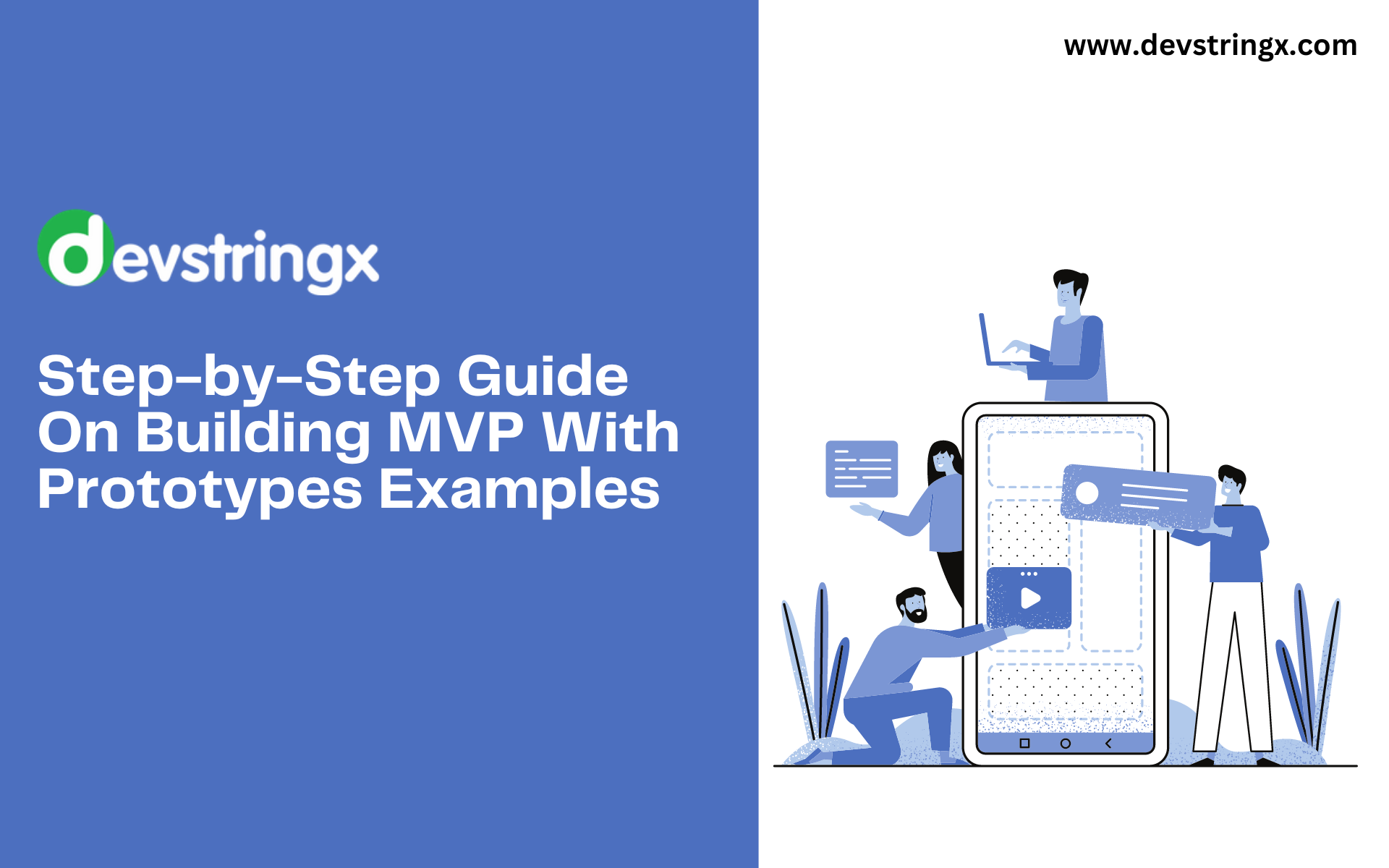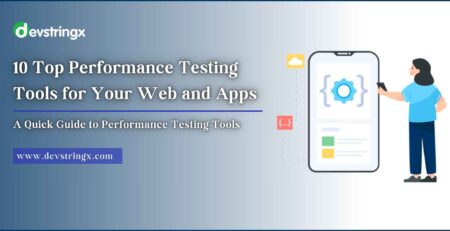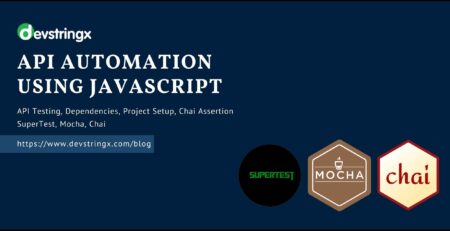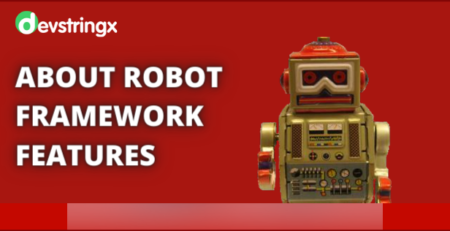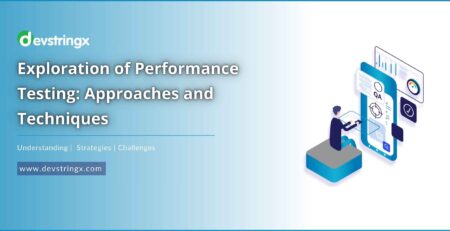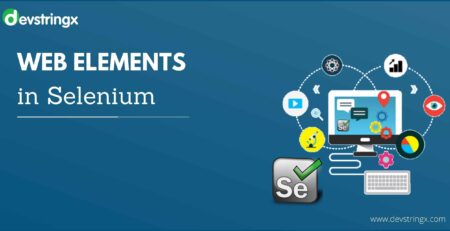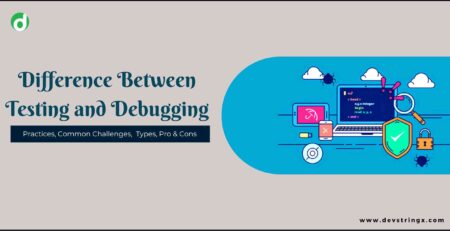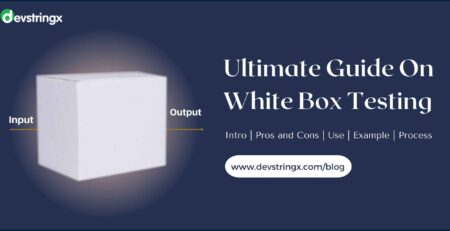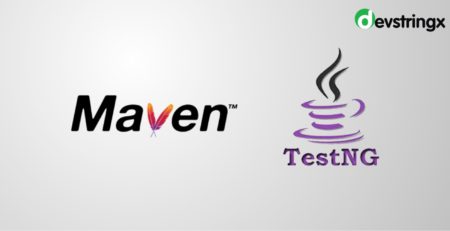Step-by-Step Guide On Building MVP With Prototypes Examples
Prototypes Examples to Build MVP
In today’s fast-paced business world, every entrepreneur wants to launch a product quickly, without compromising quality. Building an MVP (Minimum Viable Product) is an excellent way to launch a product that meets the needs of your customers while minimizing risk and time-to-market.
The world of software development is constantly evolving, and the role of a prototype has evolved in parallel. While basic functionality can be easily evaluated before moving to development, more complex features require more time and effort to assess if they’re ready for launch.
To create an MVP, you need a prototype that helps you validate your product idea and identify potential issues before development. In this article, we will discuss the different prototype examples to build an MVP that can help you validate your product idea and take it to the next level.
A prototype is a tool to test your product idea before applying it to real-world applications. In today’s fast-paced business world, every entrepreneur wants to launch a product quickly, without compromising quality.
Every entrepreneur wants to build a business quickly and launch a product that customers will love. It’s a tough balance — you want to create a product that meets your customers’ needs, but you need to cut down the risk of going head-first into the unknown. Building an MVP (Minimum Viable Product) is an excellent way to meet this goal.
Here are Some Points to Build an Excellent MVP
Here we shared 10 points that will help you to build an excellent MVP product for your customer.
-
Paper Prototype
A paper prototype is the simplest and cheapest way to create a prototype. It is a sketch of your product idea on paper, allowing you to test the usability and design of your product with potential users before investing in development. You can create a paper prototype with a pen and paper or with online tools like Balsamiq and InVision.
-
Interactive Prototype
An interactive prototype is a digital model of your product that simulates the functionality of your product. It allows you to test your product’s user experience and functionality without the need for coding. You can create an interactive prototype with tools like Adobe XD, Figma, and Sketch.
-
Wireframe Prototype
A wireframe prototype is a low-fidelity digital model of your product. It shows the basic structure and layout of your product without the need for colors, typography, or images. A wireframe prototype helps you identify potential usability issues and test the functionality of your product. You can create a wireframe prototype with tools like Axure, Balsamiq, and MockFlow.
-
Virtual Reality Prototype
A virtual reality prototype is a 3D model of your product that allows users to interact with it in a simulated environment. It helps you test the usability and design of your product and identify potential issues before development. You can create a virtual reality prototype with tools like Unity, Unreal Engine, and SketchUp.
-
Physical Prototype
A physical prototype is a real-life model of your product that you can touch and feel. It helps you test the functionality and design of your product and identify potential issues before development. You can create a physical prototype with tools like 3D printing, CNC machining, and injection molding.
-
Video Prototype
A video prototype is a demonstration of your product idea that shows the user experience and functionality of your product. It helps you communicate your product idea to potential users and investors and identify potential issues before development. You can create a video prototype with tools like After Effects, Premiere Pro, and Final Cut Pro.
-
Landing Page Prototype
A landing page prototype is a simple web page that describes your product idea and its benefits. It helps you test the market demand for your product and identify potential customers before development. You can create a landing page prototype with tools like Instapage, Unbounce, and Leadpages.
-
MVP Prototype
An MVP prototype is a working model of your product that includes only the essential features to satisfy early adopters. It helps you validate your product idea and identify potential issues before scaling your product. You can create an MVP prototype with tools like Bubble, Web Flow, and Wix.
-
Wizard of Oz Prototype
A Wizard of oz prototype is a fake product that appears to be real to potential customers. It helps you validate your product idea and identify potential issues before investing in development. You can create a Wizard of oz prototype with tools like Zappier, IFTTT, and Google Forms.
-
Concierge Prototype
A concierge prototype is a real product that’s designed to solve one customer’s problem. It helps you validate your product idea and identify potential issues before scaling your product. You can create a concierge prototype with tools like UserTesting and Userlytics.
What is The Difference Between Prototype and MVP?
While a prototype and a minimum viable product (MVP) are both essential stages in the product development process, they serve different purposes.
A prototype is a preliminary model or sample of a product, created to test and evaluate the design and functionality of a product. Prototypes can be physical, digital, or even just sketches. The primary goal of a prototype is to identify and eliminate design flaws before moving into production.
An MVP, on the other hand, is the first version of a product with just enough features to satisfy early adopters and gather feedback for future development. The focus of an MVP is to test the product’s marketability and gain user feedback, rather than testing design and functionality like a prototype.
In summary, while a prototype is used for design and functionality testing, an MVP is used for testing the product’s marketability and usability with users.
Tips for Building Your Prototype or MVP
When it comes to developing a new product, one of the most critical steps in creating a prototype or Minimum Viable Product (MVP). Prototypes and MVPs allow you to test and refine your product idea, gather feedback from potential customers, and make the necessary adjustments before launching it in the market. In this article, we’ll provide you with essential tips for building a successful prototype or MVP that will help you save time, resources, and money in the long run.
-
Define Your Target Market
Before starting to build your prototype or MVP, it’s essential to define your target market. Knowing your target audience will help you design your product with their needs, preferences, and pain points in mind. By understanding their specific problems, you can develop a product that addresses their challenges and provides them with the solution they’re looking for.
-
Focus on the Core Features
One common mistake many product developers make is trying to include too many features in their initial prototype or MVP. It’s essential to focus on the core features that will provide the most significant value to your target audience. Including unnecessary features will increase the time and cost of development and distract from the essential elements of your product. By focusing on the core features, you can get your product to market faster and gather valuable feedback from your target audience.
-
Keep it Simple
Your prototype or MVP doesn’t need to be perfect; it just needs to be functional. Keep it simple and focus on developing a product that works and addresses your target audience’s specific needs. Your goal should be to create a product that provides a unique solution to a problem that your target market faces.
-
Iterate and Refine
The development of a prototype or MVP is an iterative process. It’s unlikely that you’ll get everything right on the first try. Therefore, it’s crucial to gather feedback from your target audience and make the necessary adjustments. Use the feedback to refine your product until you have a solution that meets your target audience’s needs and provides the most significant value.
-
Test, Test, Test
Before launching your product, it’s essential to test it thoroughly. Use A/B testing and other testing methods to ensure that your product works as intended and that it provides the value you promised. Testing will help you identify any issues that need to be fixed before launching and will ensure that your product meets your target audience’s expectations.
Conclusion
Every product has to start somewhere, and the sooner you can create a prototype that your customers can interact with, the better. Creating a digital prototype is the best way to ensure that your customers’ goals are met and that you are meeting their needs before hiring developers to create an actual program. You may also want to consider a low-tech paper prototype for your MVP as well. It will help you focus on the features of your software or product rather than getting tied up in design details.
These are all the tips I provided. I hope that now you have a clearer idea of how important and useful prototyping can be for your next project. Good luck, and thanks for reading!
FAQs
- Why is building a prototype important before developing an MVP?
Building a prototype is important because it allows you to validate your product idea, test its functionality, and get feedback from potential users. It also helps you to identify design and usability issues early on, which can save time and money in the long run.
- What are some popular tools for building prototypes?
Some popular tools for building prototypes include Figma, Sketch, Adobe XD, InVision, Axure, Balsamiq, and Proto.io.
- What are some common types of prototypes for building an MVP?
Some common types of prototypes for building an MVP include wireframes, mock-ups, and interactive prototypes. These prototypes can be developed with different levels of fidelity depending on the stage of product development.
- What are some examples of successful products built using a prototype-first approach?
Some examples of successful products that were built using a prototype-first approach include Dropbox, Airbnb, Instagram, and Zappos. These companies started by building a simple prototype, testing it with early users, and iterating on the product until they found product-market fit.

